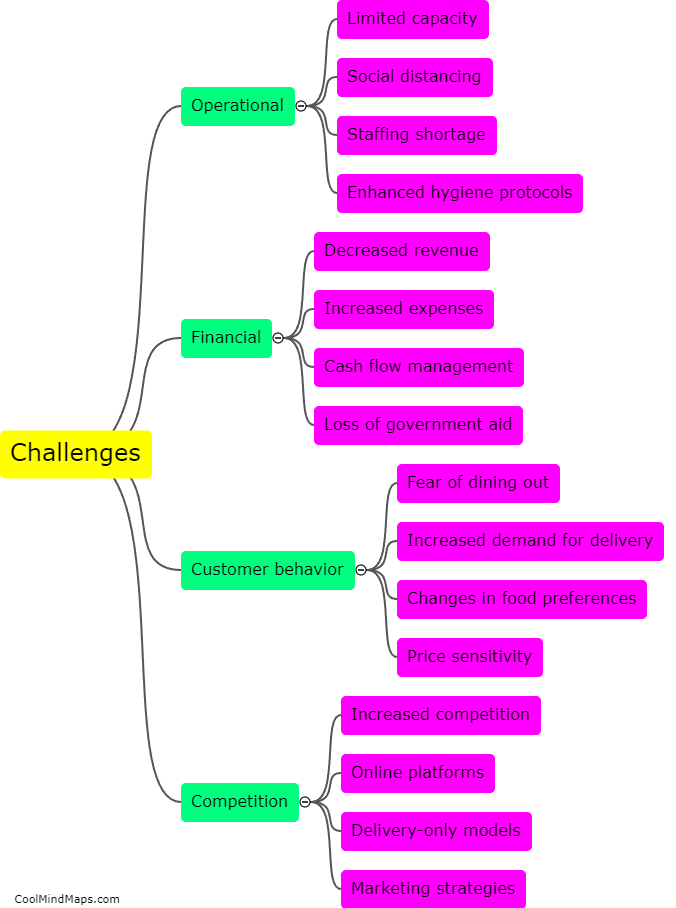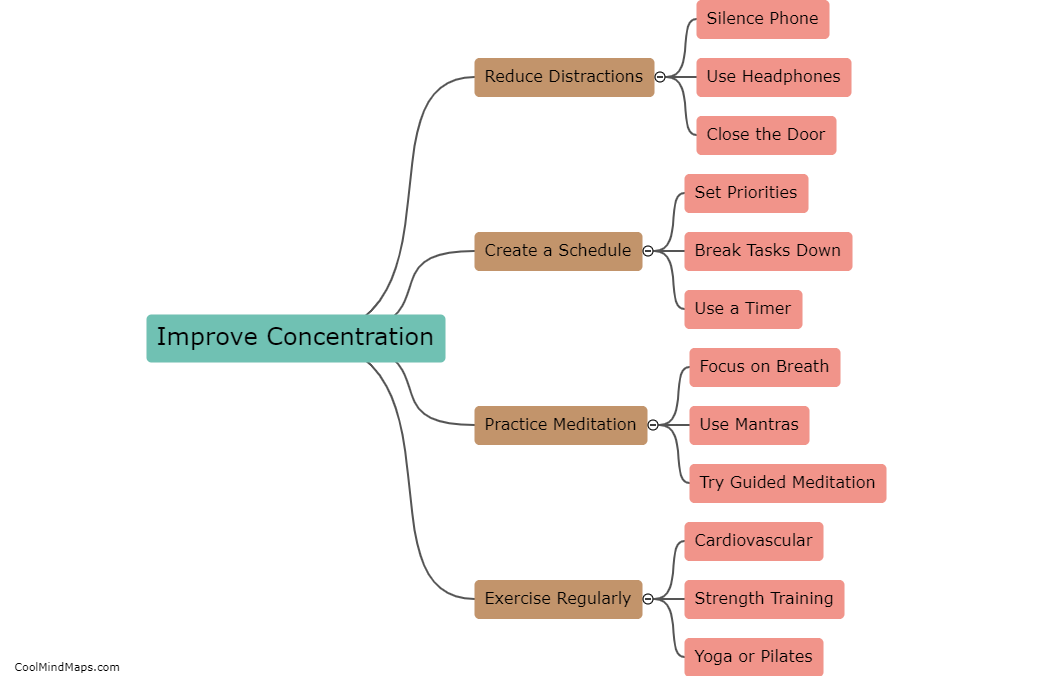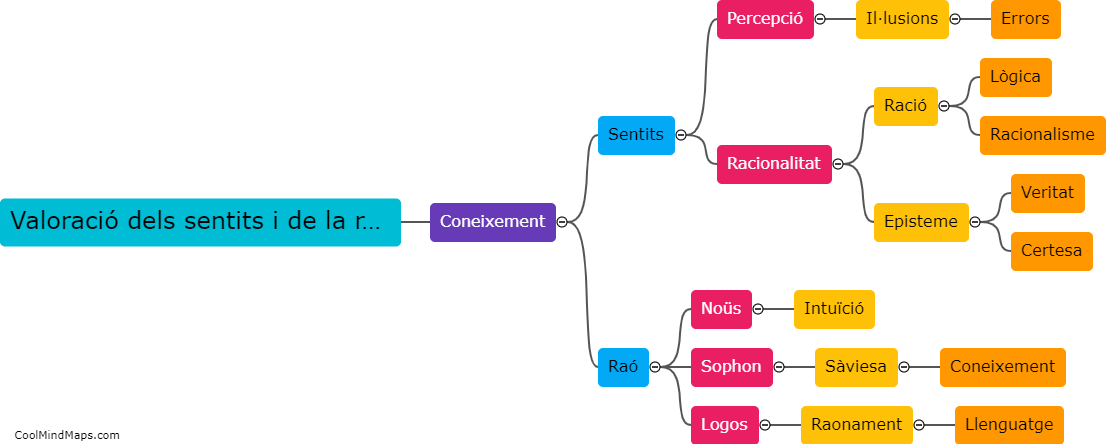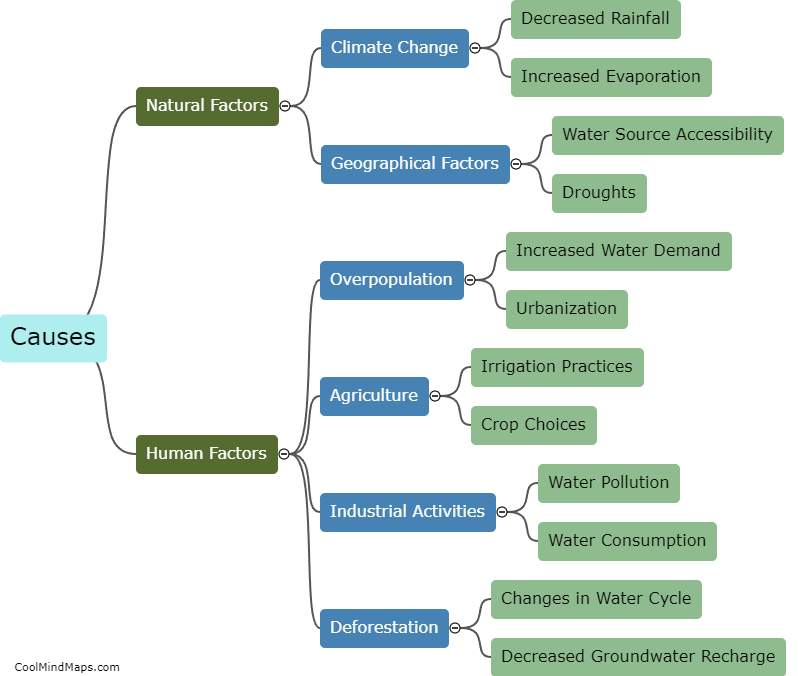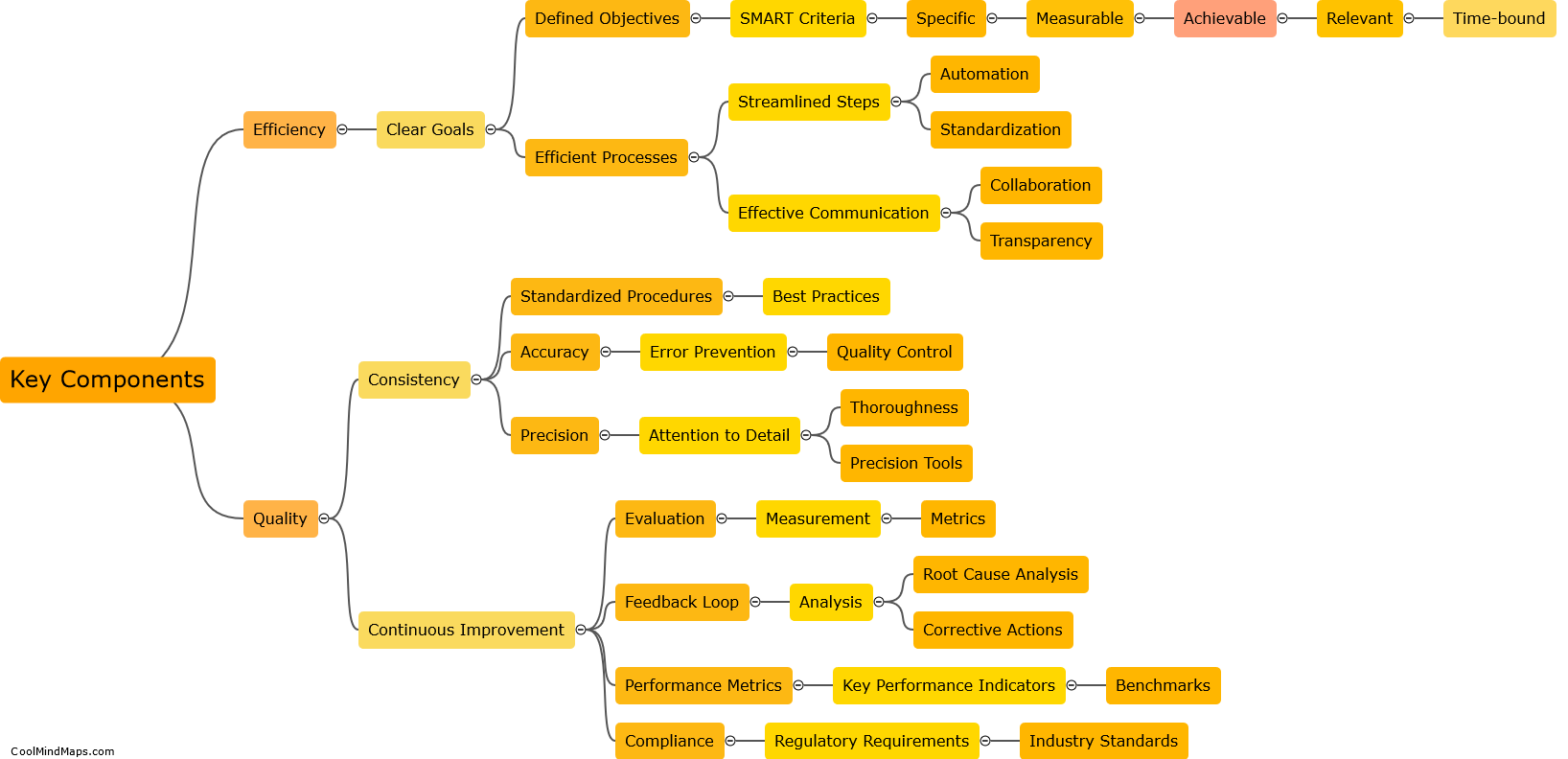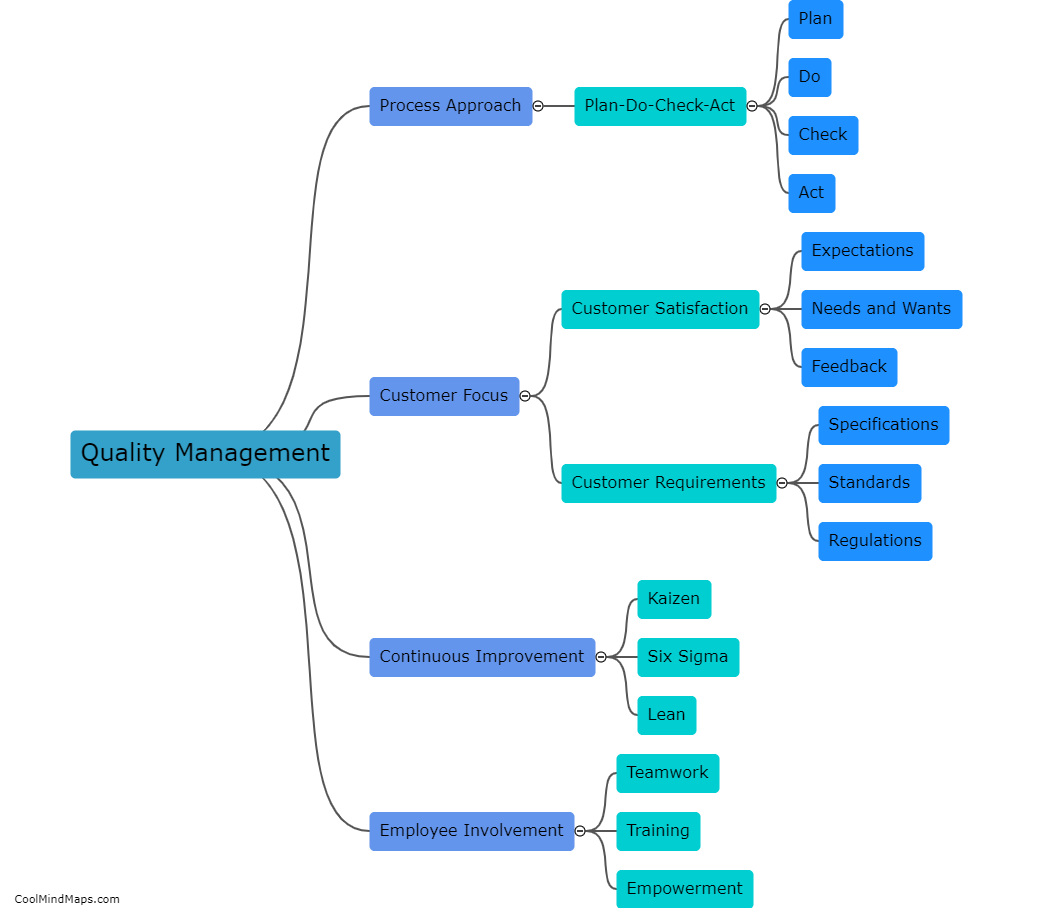How can workflows be optimized for efficiency?
Workflows can be optimized for efficiency through various strategies. Firstly, it is important to map out and analyze the current workflow to identify any bottlenecks, unnecessary steps, or redundancies. Once identified, these can be eliminated or streamlined to ensure a smoother flow of tasks. Automation and technology can play a significant role in optimizing workflows by reducing manual efforts and speeding up processes. This may involve implementing workflow management systems, task assignment tools, or integrating different software applications to facilitate seamless information exchange. Effective communication and collaboration are crucial for efficient workflows, with clear communication channels and streamlined decision-making processes. Additionally, regular evaluation and continuous improvement are essential to adapt workflows to changing business needs and identify potential areas for further optimization. By incorporating these practices, workflows can be made more efficient, ultimately saving time, reducing costs, and improving overall productivity.

This mind map was published on 20 September 2023 and has been viewed 106 times.

